Interview with Alexandra, director of Montenegro Eco Adventures on the Balkan Lynx Expedition
Everything you need to know about this extraordinary expedition to Montenegro.
1) You mention Balkan wolves and jackals, bears, roe deer, chamois, badgers and Balkan lynx. Which of these are the likeliest to be spotted during days of hiking?
Our Balkan Lynx Expedition, in conjunction with Prokletije NP, have placed cameras traps in strategic locations. We explore new potential sites and visit the previous locations to retrieve photos taken since the last group expedition. This is the exciting part as we can potentially find Balkan wolves, jackals, bear, roe deer, chamois and badgers in those areas. We haven’t yet captured the Balkan Lynx on camera but this is what we always hope to find. Prokletije NP has done some studies and is convinced that there are one or more Balkan Lynx passing through the areas we cover, and we want to prove it. We will also spot some fresh evidences of those animals such as footsteps and feces, and participants will learn how to look for them and to identify them during the expedition. Spotting them during our hike is of course possible but requires to be lucky and very discreet, which we will try of course.
2) How difficult is it for interested people to be selected? Is it sufficient for applicants to say they have an interest in protecting nature, or is proof (i.e. previous experience) required?
We have 2 criteria which are really important: the level of fitness of the candidate, their genuine interest in nature protection, and we usually assess it through a phone interview. This expedition is quite physical and we really need to make sure participants are fit enough for their own safety and enjoyment as well as the ones of other participants.
3) Why is it important to start a database of wildlife? How will this help with conservation efforts in the future?
At the moment there is very little to none data collected in certain areas of Montenegro, mostly due to a lack of resources. The first step to protect wildlife is to know and understand it. This is why collecting as much data as possible on wildlife and flora will greatly help the National Parks of Montenegro in their endeavors. Traditionally there has been a high degree of hunting in this area, particularly during the break up of Yugoslavia when money was tight. It is very important for us to raise awareness among the local population that they have more to win from ecotourism (by protecting their pristine environment) than through short term gains such as hunting. Supporting the National Parks in their efforts to protect wildlife through ecotourism development is one of our mission.
4) What is the scenery like in Prokletije and Hajla?
Absolutely stunning! The landscapes are varied, from immense mountain peaks, rugged river valleys to ancient forest with rich undergrowth. Shepherds still use the summer pastures of the high country and the area is dotted with mountain huts. You really feel totally immersed in nature. In the evening we make a fire to cook on & heat the spring water for your bath. The participant will learn how to forage for food (we find amazing mushrooms species in the undergrowth!), what to look for, how to observe and get totally energized and inspired by the creativity of nature!
You can find here the detailed itinerary of The Balkan Lynx expedition.

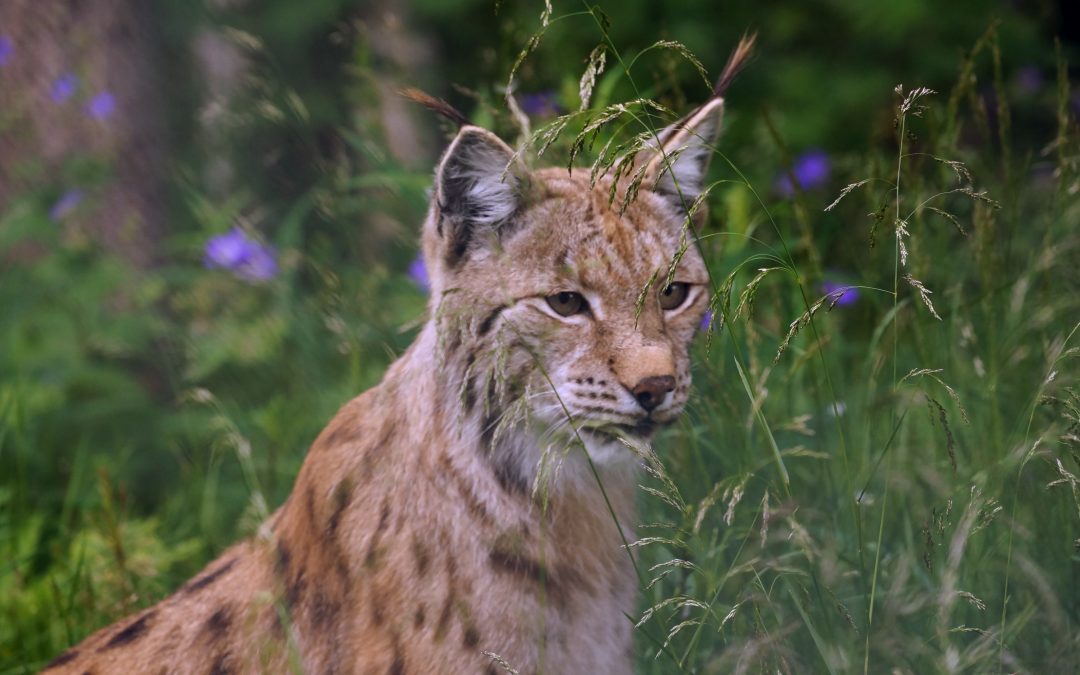
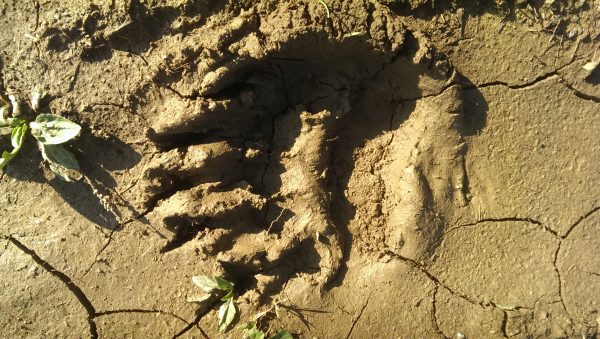
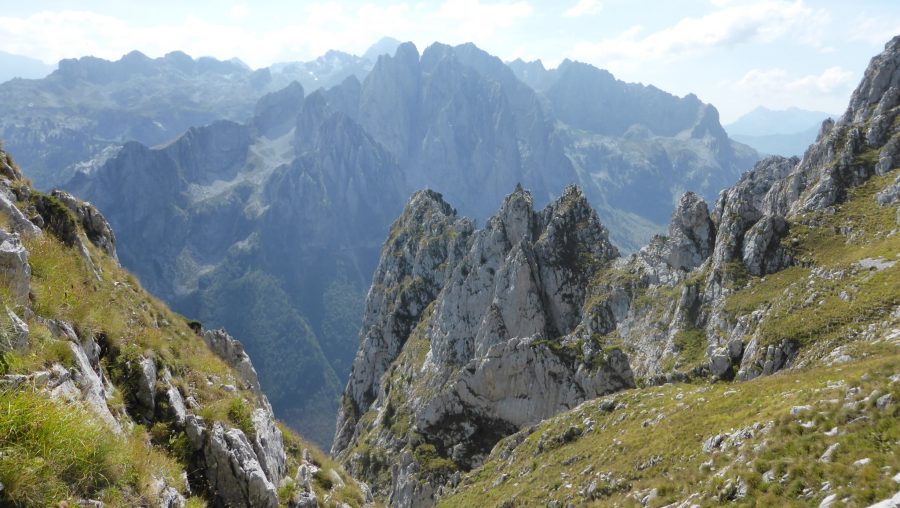

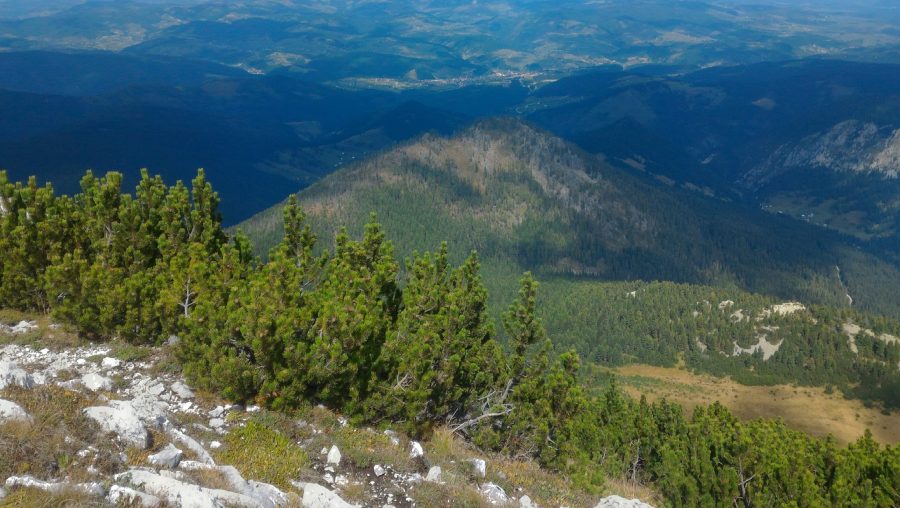
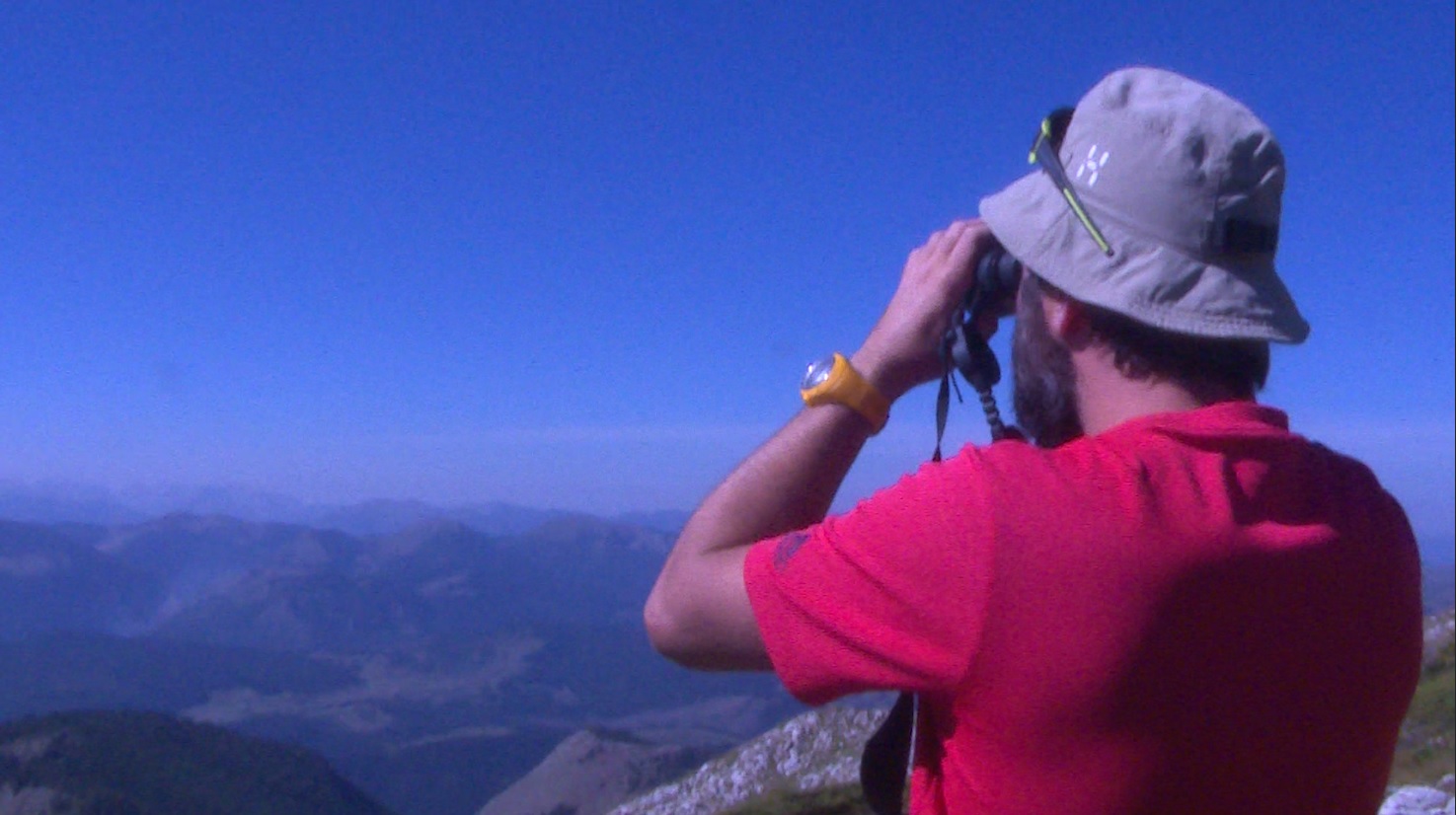

Hey! I’m currently staying on the outskirts of Virpazar and came across your site as we heard some new noises in the surroundings and thought perhaps it could be lynx. If there is an email address that I could possibly send the clips to, to help your research and any other information please let me know.
Hi Stephanie, you can send the videos to [email protected] so our scientific guide can take a look at. Cheers!